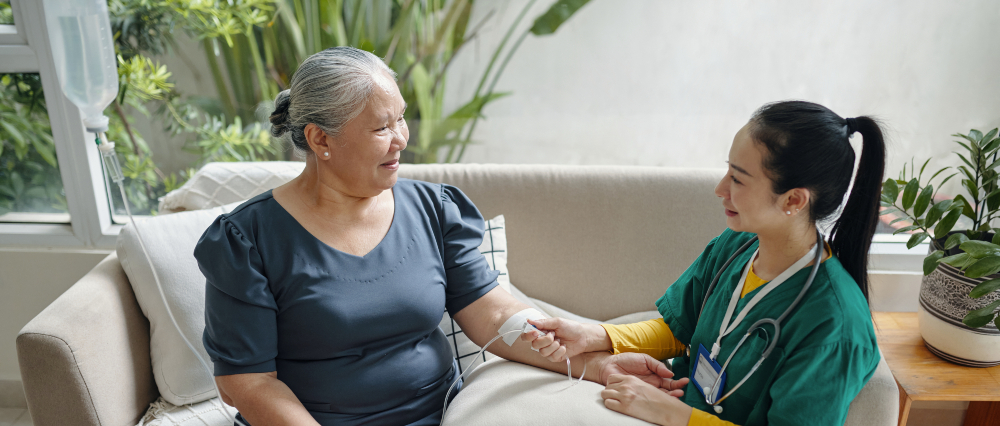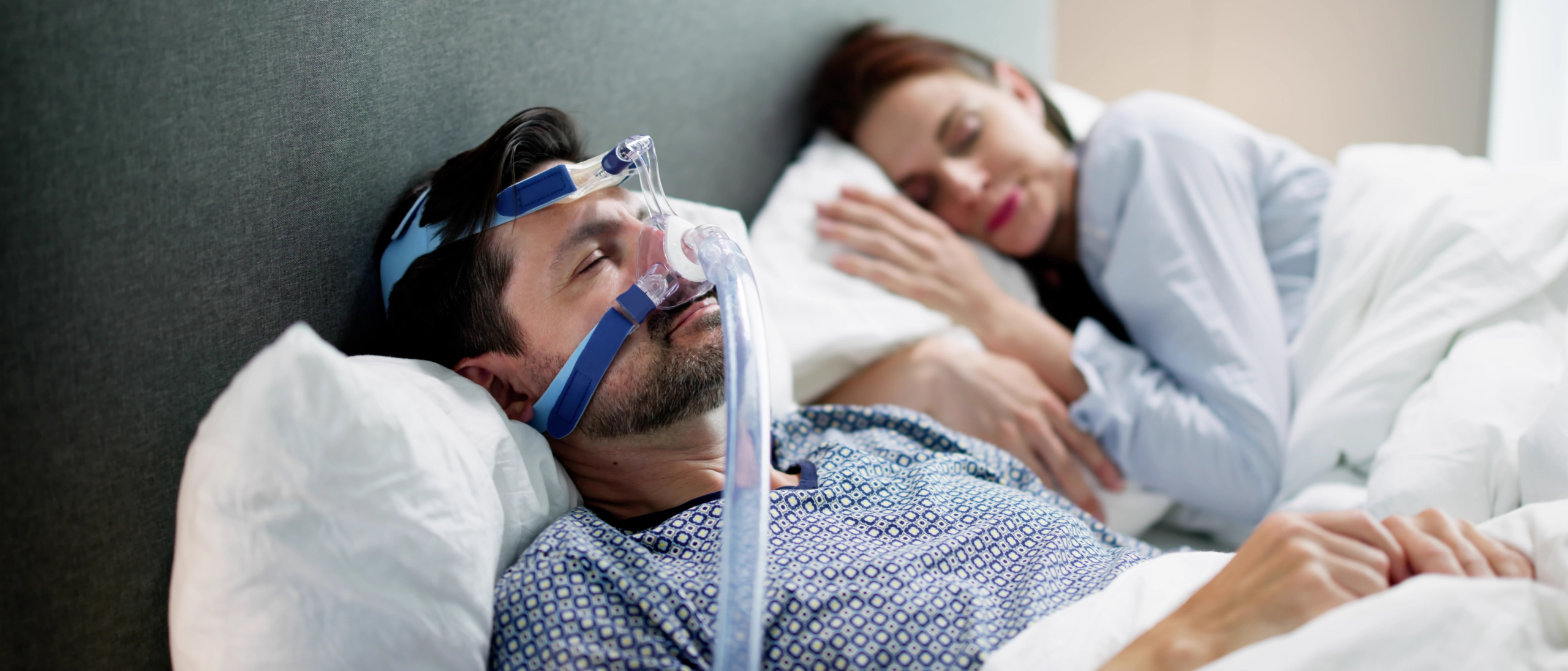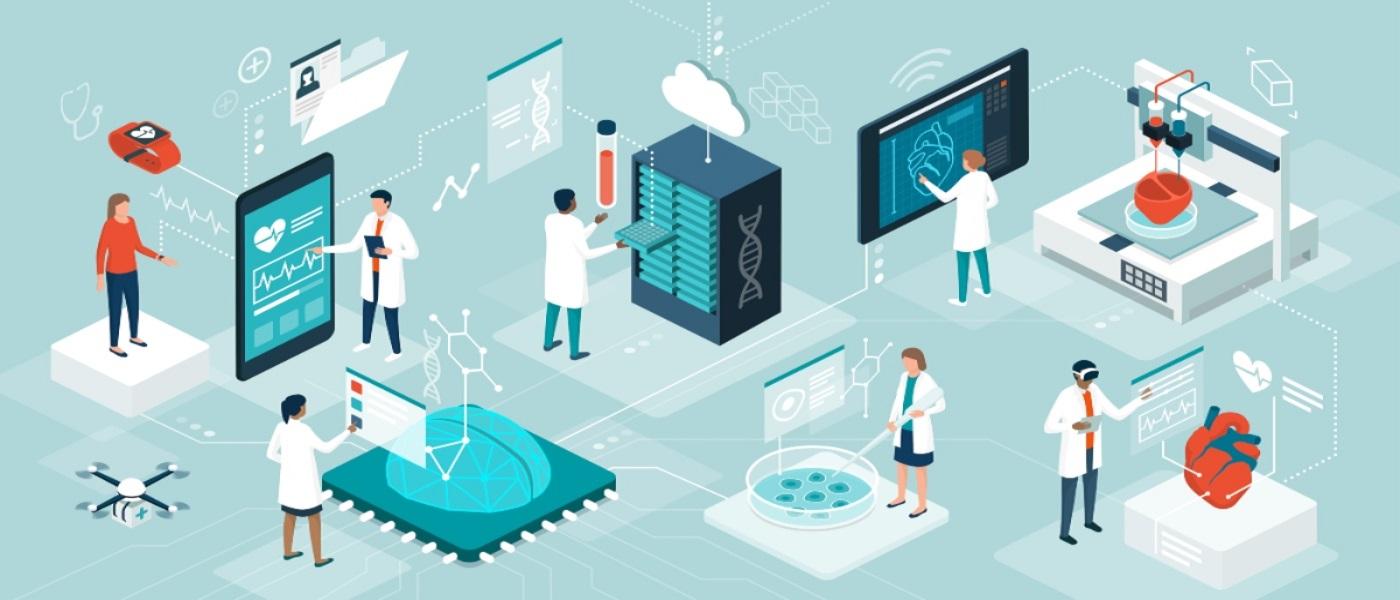The population of the US is aging fast. This has been accompanied by a rapid increase in the incidence of chronic diseases such as type II diabetes mellitus and end-stage kidney disease. These conditions are expensive to treat, and are largely preventable. They place patients at increased risk of other potentially life-threatening conditions, including respiratory viruses such as COVID-19.
An ounce of prevention may be worth a pound of cure; nevertheless, a review of the evolution of the American health care delivery system over the last 50 years would suggest that Americans up requiring the more expensive cures as opposed to the relatively cheaper preventive measures.
The Four Pillars of Health
Preventive care is defined as “screenings, check-ups, and patient counseling to prevent illnesses, disease, or other health problems.” Common sense dictates that it must be less expensive to prevent than to cure disease. But the medical profession has never been very good at managing the four lifestyle factors that are associated with development of chronic disease: diet, exercise, sleep, and stress reduction. For understandable reasons already mentioned, organized medicine has not had the same degree of success managing these four pillars of health as they have treating chronic disease.
In the course of a yearly examination, the four pillars of health may be discussed, if only in the form of lip-service. In the course of an encounter that may take only 15 minutes, and that includes a physical examination as well, it is unlikely that there would be sufficient time to delve into any of these areas in depth. If a patient is overweight, they may receive a referral to a nutritionist; if they are stressed, they may receive a referral to a psychiatrist; if they can’t sleep, they may receive a prescription for a hypnotic medication.
Clearly, organized medicine as currently practiced has been unable to stem the tide of chronic disease. But, if medicine cannot do it, who can?
Managing Health at Home
It is clear that good sleep is essential for good health. Apart from prescribing sleep medications, there is not a lot that physicians can do to manage a patient’s sleep habits. This gap is beginning to be filled by wearable sleep monitors. It is said that you cannot improve what you cannot measure. Wearable sleep monitors measure the time and quality of sleep, allowing individuals to recognize and modulate their own sleep habits.
Exercise is another aspect of health that wearable devices can monitor. The Apple Watch has an exercise monitor function that rewards the wearer for meeting goals such as daily activity and time engaged in vigorous exercise. For individuals who sit for hours every day, the watch reminds the wearer to get up once an hour and walk.
Stress-reduction is often overlooked but is critical to preventing chronic illness. There is a growing body of evidence to suggest that chronic stress leads to persistently elevated levels of the hormone cortisol, which has been linked to the types of inflammation associated with diabetes, coronary artery disease, and end-stage kidney disease. Several wearable devices and smartphone applications contain modules designed to help reduce stress, including the Breathe application.
Diet has been the toughest aspect of health to manage either from the medical model or in the form of wearables. Even the dietary component of Apple’s Healthkit app remains under development. One of the reasons for this is that there remains a great deal of controversy over the constituents of a healthy diet. Nevertheless, it may be the case that simply paying attention to diet may be more beneficial than any particular dietary plan.
The Health Care Provider of the 21st Century
As health care services move away from hospitals toward the home, the role of the traditional health care provider may become even less focused on preventive care and may concentrate on the treatment of acute and chronic illness. Preventive care may be supplemented by personal trainers and lifestyle coaches. The increasing presence of the internet of things may end up allowing individuals to direct their own preventive care with the guidance of cloud-based devices.





